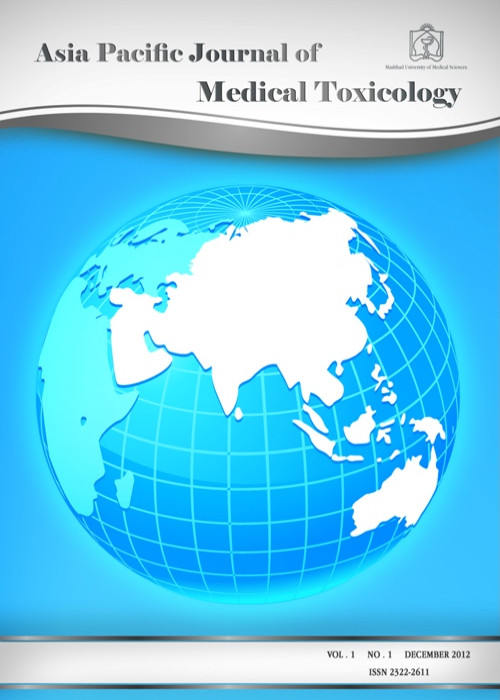Interspecies Variations in Clinical Envenoming Effects of Viper Snakes Evolutionized in a Common Habitat: A Comparative Study on Echis carinatus sochureki and Macrovipera lebetina obtusa Victims in Iran
Despite sharing common evolutionary features, Viperidae species including Echis carinatus and Macrovipera lebetina possess venoms with different proportions of toxic agents, thereby causing clinical effects with potentially variable severity. This study was an effort to differentiate the clinical effects and outcomes of E. c. sochureki and M. l. obtusa victims.
In this prospective cross-sectional study, snakebite patients treated at a reference poisoning center in northeast of Iran in 2012 were enrolled. The features of snakebite event, demographic and clinical data of patients were recorded in checklists.
Twenty-seven patients (63% male) with mean age of 34.8 ± 18.1 years were included. The offending snakes were recorded as "E. c. sochureki" in 63%, "M. l. obtusa" in 25.9% and "unknown" in 11.1% of cases. The most common clinical findings were fang mark in 100%, local pain in 81.5% and local edema in 74% of patients. Although the victims of both species showed classic features of viper envenoming syndrome including marked local effect and hemostatic disturbances, the victims of M. l. obtusa had significantly higher creatine kinase levels (P = 0.031) and lower platelet counts (P = 0.043), whereas marked edema (> 15cm) was significantly more common in E. c. sochureki victims (P = 0.028). Envenomation severity, other clinical effects and outcomes did not differ between the two species. Patients with delayed presentation to hospital had greater envenomation severity and edema extent and higher rate of coagulopathy.
Species-specific description of clinical effects following snakebite envenoming is useful for syndromic approach to human victims. The clinical envenoming syndromes by E. c. sochureki and M. l. obtusa show many common similarities despite the difference in severity of some effects. The delay in hospital admission and antivenom therapy is a risk for increased severity of envenomation and development of poorer clinical outcomes.
- حق عضویت دریافتی صرف حمایت از نشریات عضو و نگهداری، تکمیل و توسعه مگیران میشود.
- پرداخت حق اشتراک و دانلود مقالات اجازه بازنشر آن در سایر رسانههای چاپی و دیجیتال را به کاربر نمیدهد.


